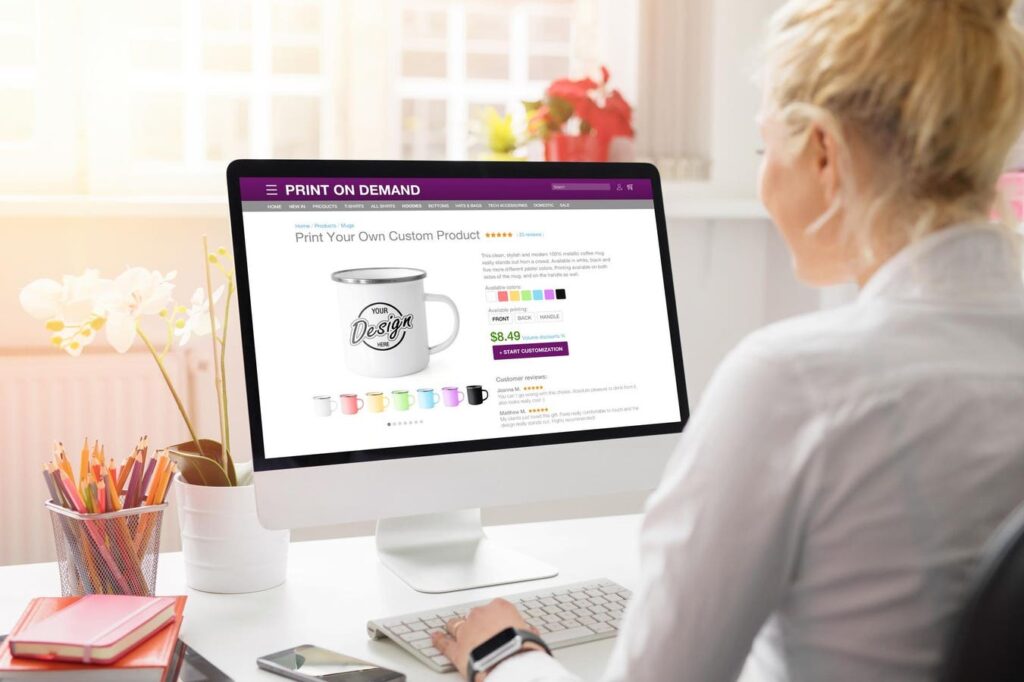As consumers, we assume brands will cater to our individual needs. I’m no longer surprised when a marketing text addresses me by name or mentions other personal details about me. In fact, I’ve come to expect this kind of personalization — just like 71% of the buying population does. I’m betting you have, too.
However, when you’re running a company, you’re no longer the consumer who demands attention. Rather, you’re the one providing personalized customer experiences. In that role, you have to cater to the red carpet expectations of your target audience or risk seeing them leave. And that means making constant personalization improvements across your processes.
One way to keep upping your personalization game is by taking an iterative approach. At regular intervals, measure your practices against the emerging personalization tactics happening within and without your industry. When you find tools and strategies that could work, test them out. That way, you’ll remain on the leading edge of personalization.
Will all the personalization methods used by other organizations work for yours? Of course not. But some might surprise you. With that in mind, consider the following personalization techniques that are transforming customer experiences across several sectors. I suspect you’ll be able to apply elements from at least one of them to your marketing, sales, and support interactions to drive deeper connections.
1. CPG brands: Using AI for hyper-personalization
Perhaps it’s time to start replacing the word “personalization” with “hyper-personalization”, which is an even more focused version of customization. In essence, personalization delivers customization to people grouped into buckets; hyper-personalization happens at the individual level.
Hyper-personalization is becoming especially prevalent in the consumer packaged goods (CPG) marketplace. This shouldn’t come as a surprise, as CPG is competitive. Even Fortune 100 CPG companies aren’t immune from being swept under the rug by nimble startups. Consequently, many are turning to AI-driven solutions to hyper-target their ideal consumers and develop tighter connections with them through incredibly personalized messaging.
Why AI? As explained by GENESISX, a consumer engagement platform with CPG clientele including Kellogg’s, Unilever, and Starbucks, AI can help you understand customers at a micro level. AI has the power to evaluate scores of data and then leverage what it learns to help your team construct the right content to send at the right time to the right buyer. In the past, your marketers couldn’t have garnered the insights available through AI’s lens.
If you’re still personalizing to large audiences rather than to individual customers, think about investing in a hyper-personalization software tool. Even if you operate outside of CPG circles like eCommerce, you could borrow and apply CPG hyper-personalization strategies to move your company ahead of the pack. For example, OptinMonster, a conversion optimization tool, suggests displaying products based on location to help boost sales.
2. Healthcare entities: Giving end users high degrees of control
Another way to personalize the customer experience is to give customers control of their buying journeys. And healthcare organizations have discovered the upsides in moving toward this type of personalization by giving patients the keys to a consumer-style healthcare experience via a centralized portal.
Within healthcare portals, patients can do everything from pull down their medical records to see itemized bills. They may also be able to send messages directly to their healthcare providers, organize their medications, and make changes to their personal data. As a result, they feel more empowered. And empowerment can be a huge motivator in whether or not a customer stays or leaves.
According to Nuance AI Solutions, a portal solutions provider for numerous industries including healthcare, the most successful use cases of patient portals give patients independence and accessibility. By removing barriers to finding information or getting answers, healthcare companies can foster trust between them and the populations they serve.
Think about your current customer experience. Are there areas that could be handled by customers instead of your team? Giving customers the ability to self-serve in new ways may differentiate your business from the rest.
3. SaaS providers: Enabling users to create their end product
The software-as-a-service (SaaS) ecosystem has provided a blueprint for the personalization of end products. Spotify is a prime example of how a customer-designed product can work. Its subscribers can design a radio station that’s completely based on their music preferences. As such, they feel a strong attachment with the Spotify brand and experience.
Canva is another company with processes that are aimed at encouraging users to construct the digital design experience they want and need. In addition to a substantial learning section complete with guides and tutorials, the company has initiated a variety of creative and creator communities and forums. The result? Canva customers can cherry-pick their way through the myriad features Canva provides while still feeling supported by the SaaS giant.
While it might be simpler for SaaS providers like Spotify and Canva to offer customers a menu of choices to pick from, other types of businesses can adopt the same approach. Case in point, many clothing companies and merchandisers use this practice by enabling customers to personalize apparel, gifts, and more.
Consider your baseline service or product line. Is there a way for you to give customers an opportunity to tailor what you offer? Even if the tailoring seems to be minimal, it could have a positive customer experience impact.
Personalization has become a mainstay of modern commerce. The more individualization you can provide, the higher the likelihood customers will remain active and loyal. By trying what works for other organizations, you can stand out.
Read the full article here











